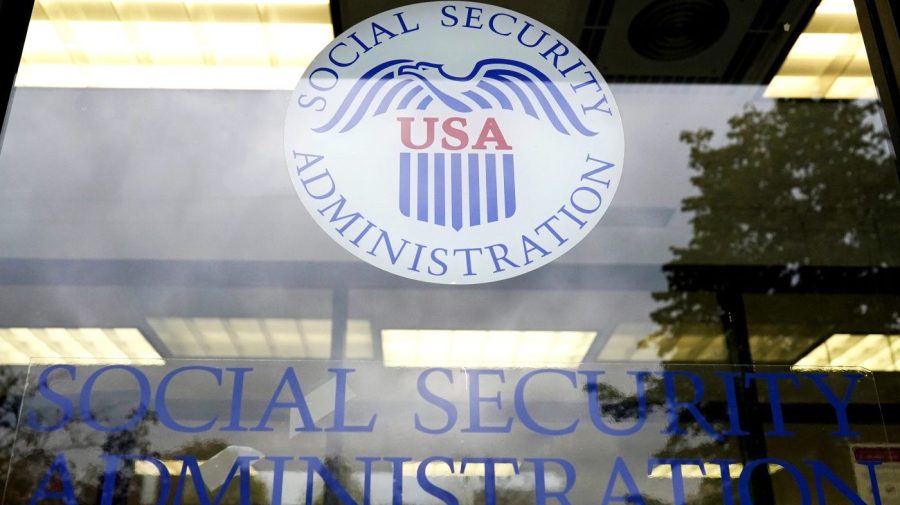
UBS managing director and senior portfolio manager Jason Katz analyzes the October CPI report that shows inflation slowing more than expected on ‘Varney & Co.’
Inflation at the wholesale level posted a surprise decline in October, the latest sign that high consumer prices are beginning to loosen their stranglehold on the U.S. economy.
The Labor Department said Wednesday that its producer price index, which measures inflation at the wholesale level before it reaches consumers, tumbled 0.5% in October from the previous month. On an annual basis, prices remain up 1.3% – a sharp drop from the 2.2% recorded in September.
In another sign that suggests high inflation is beginning to dissipate, core prices — which exclude the more volatile measurements of food and energy — were unchanged for the month. That is lower than both the 0.3% estimate and the reading recorded last month.
FED’S POWELL WARNS SLOWER ECONOMIC GROWTH MAY BE NEEDED TO COOL HIGH INFLATION
The figure was up 2.2% on a 12-month basis.
The data comes a day after the Labor Department reported that the consumer price index, which measures the prices paid directly by consumers, eased more than expected in October.
401(K) HARDSHIP WITHDRAWALS ARE SURGING AS HIGH INFLATION SQUEEZES AMERICANS
The back-to-back inflation reports will have major implications for the Federal Reserve, which has raised interest rates at the fastest pace in decades as it tries to cool the economy. The central bank approved 11 rate hikes over the course of 16 months, lifting the federal funds rate to the highest level since 2001.

SAN RAFAEL, CALIFORNIA – APRIL 12: A customer shops for meat at a Safeway store on April 12, 2023 in San Rafael, California. According to a report by the Bureau of Labor Statistics, inflation in March slowed to its lowest rate in nearly two years wit ((Photo by Justin Sullivan/Getty Images) / Getty Images)
Policymakers skipped a rate hike at their most recent meeting in November, but left the door open to an additional increase this year. However, many economists believe the central bank is done raising interest rates given the notable declines in inflation last month. The odds of the Fed skipping a rate hike at its final meeting of the year in December surged to 99.8% this week after the softer-than-expected inflation reports.
GET FOX BUSINESS ON THE GO BY CLICKING HERE
“The inflation fever has broken,” Bill Adams, chief economist for Comerica Bank, said Tuesday. “Core and total CPI cooler than expected in October with core at a new two-year low, keeping the Fed headed toward rate cuts in 2023.”






